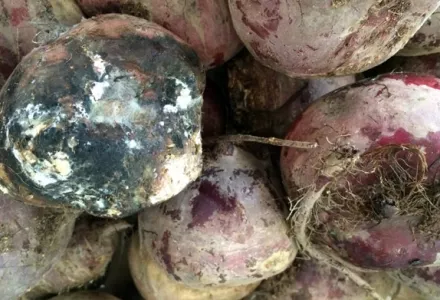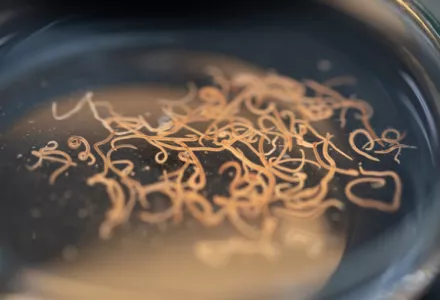Parasitic wasps are one of the most abundant natural enemies available and probably one of the least understood ecologically. Many of them are considered beneficial to humans because they control populations of agricultural pests. Others are unwelcome because they are hyper parasitoids, attacking beneficial parasitoids.
Parasitic wasps in general
In this article we will explain a bit about parasitic wasps in general. In a future article we will look at some of the more common and most used parasitic wasp in more detail. These wasps lay eggs onto other animals, which their larvae then feed on. In many cases, the hosts are still alive when their insides are being eaten. This ensures a living larder chock-full of fresh food. When the larvae are ready to pupate, they normally kill their host. Until this point, they are completely dependent on their hosts for nourishment and protection. This lifestyle has an unusual name. The wasps are not strictly parasites like tapeworms, as parasites don’t, as a rule, kill their hosts. But they also don’t kill their hosts as quickly and surely as a predator like a lion would. They are somewhere in between: “parasitoids”.

All parasitoids specialize in attacking one host species, usually during a particular stage of its life cycle. This specialization has given rise to a huge diversity of parasitoids. Estimates about the number of parasitoid species vary widely: most are tiny, so there are many undiscovered species. A bizarre feature of the life history of some parasitic wasps is the ability to drastically alter the behaviour of their host to their own benefit. Parasitic wasps in the families Ichneumonidae and Braconidae inject a polydnavirus into the host along with their eggs. The virus infects the host cells and modifies the host’s immune system so that it cannot encapsulate the wasp eggs and kill them before they hatch. A female emerald wasp (Ampulex compressa) injects chemicals in the brain of its cockroach target, which alters the behaviour of the cockroach, allowing the wasp to lead it along docilely. The wasp leads the cockroach to a burrow, lays an egg on its underside, and then walls up the burrow without the drugged cockroach ever trying to escape.
Appearance of the Parasitic wasps
Like other wasps, parasitic wasps have a constriction between the thorax and abdomen that gives them the appearance of having a “waist”. Parasitic wasps are generally small (an inch or less long, and most are less than 1/4 inch long). Their size is generally based on the size of their host e.g. Cicada killer wasps are huge (2 inches or longer), and Trichogramma wasps are the size of the period at the end of this sentence because that is the size of the insect eggs that they attack. They are slender, hairless flying insects with 2 pairs of clear to smoky membranous wings (a few species are wingless as adults) and their antennae may vary from short to rather long. Many are black or brown, but a few are a metallic bluish or green and some have bright yellow or orange markings. Female parasitic wasps use their ovipositor, an egg-laying organ at the tip of their abdomen, to lay eggs on or within their host. Some ovipositors are long enough to reach insects hidden inside cocoons, within trees, and other protected locations. Although the ovipositor may be noticeably large, only a very few species of parasitic wasps have an ovipositor capable of piercing human skin.

Lifecycle of the parasitic wasps
In general, parasitic wasps have a complete life cycle with egg, larval, pupal, and adult stages. However, the life cycle of a parasitoid wasp varies with the species of wasp and some have the most complex life histories known in the animal kingdom. Eggs are rarely seen, as they are usually inserted within the eggs or bodies of host insects. The pupae of some parasitoid wasps may be seen as small whitish/yellowish, rice-like cocoons on or near parasitized insects. In some species, males are not known to exist and the females produce offspring without mating. Usually each parasitoid egg produces a single larva. Some parasitic wasps have multiple generations within a season while others may take a year or more to complete their development. All parasitic wasps live part of their lives developing internally or on the outside of their host.
How to use parasitic wasps?
Different species of predatory wasps are available commercially for mass release, particularly in greenhouse settings. From the point of view of the farmer or horticulturalist, the most important groups are the Ichneumonid wasps, which prey mainly on caterpillars of butterflies and moths; Braconid wasps, which attack caterpillars and a wide range of other insects including greenfly; Chalcid wasps, which parasitize eggs and larvae of greenfly, whitefly, cabbage caterpillars, and scale insects; and Tachinid flies, which parasitize a wide range of insects including caterpillars, adult and larval beetles, and true bugs.
IMPORTANT! Only use products that are permitted in your country/state and crop. Check local registration requirements. CANNA cannot be held liable for unauthorized use.



















